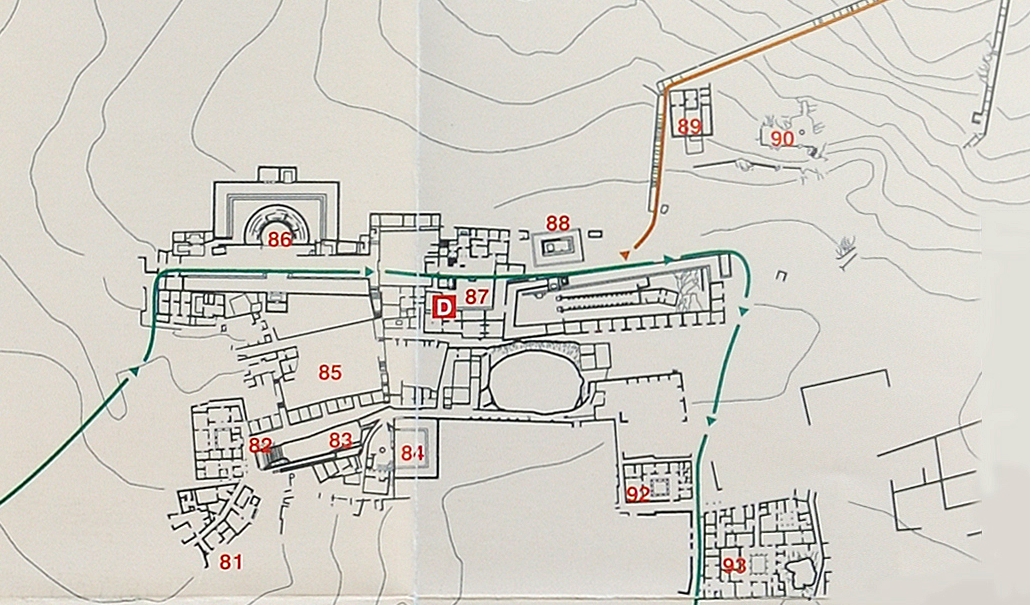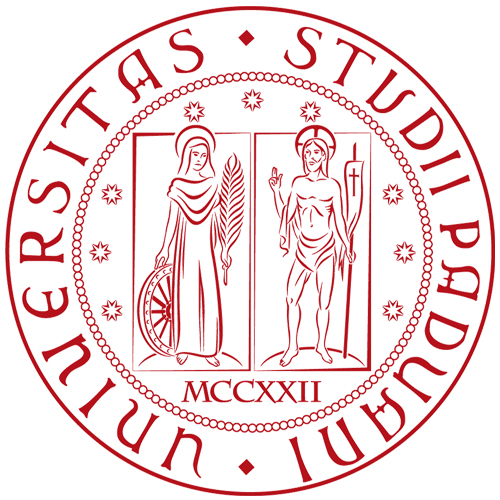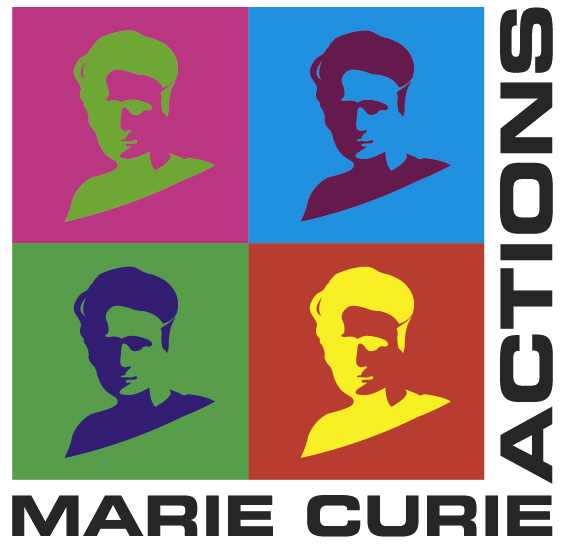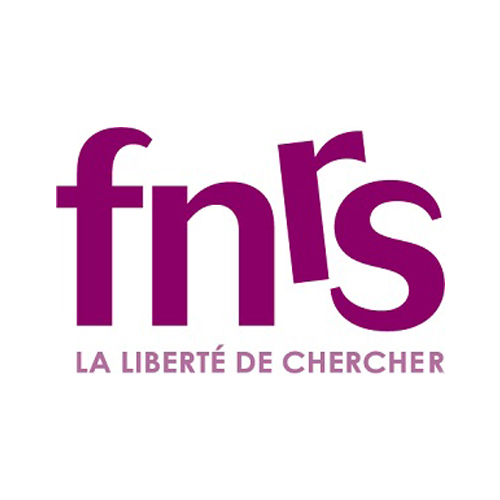Delian inventories since 267 mention a phiale dedicated by Hermias, the nesiarch of the League of the Islanders, to Arsinoe Philadelphos, Apollo, Artemis, and Leto on the occasion of the festival Philadelpheia. This inventory is the only one adding King Ptolemy II as a further recipient of the offering. Since the phiale and the festival were financed by the yearly interests of Hermias' endowment, the nesiarch had founded the festival for the deceased and deified Arsinoe one year before, in 268, at the beginning of the Chremonidean War. His personal donation completed the set of cultic honours already granted by the League to Ptolemy I and Ptolemy II and reinforced the message of allegiance to Ptolemy II during the conflict against Antigonos Gonatas. It is possible, although uncertain, that the festival was related to the sanctuary Philadelpheion, which is documented in Delian inventories until the early 2nd century. The decline of Ptolemaic power in the Aegean in that period may have caused the end of the festival as well as a change of function of the sanctuary. Thus, the old Philadelpheion might actually correspond to the later attested sanctuary of Agathe Tyche, which has been archaeologically identified near the Mount Kynthos.
Permanent ID
http://s.phrc.it/phrc036Images:
Photo 1: Detail of the plan of Delos, archaeological site, with the location of the sanctuary of Agathe Tyche (no. 89); from
Viagallica.com 




